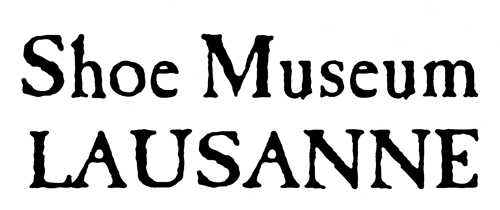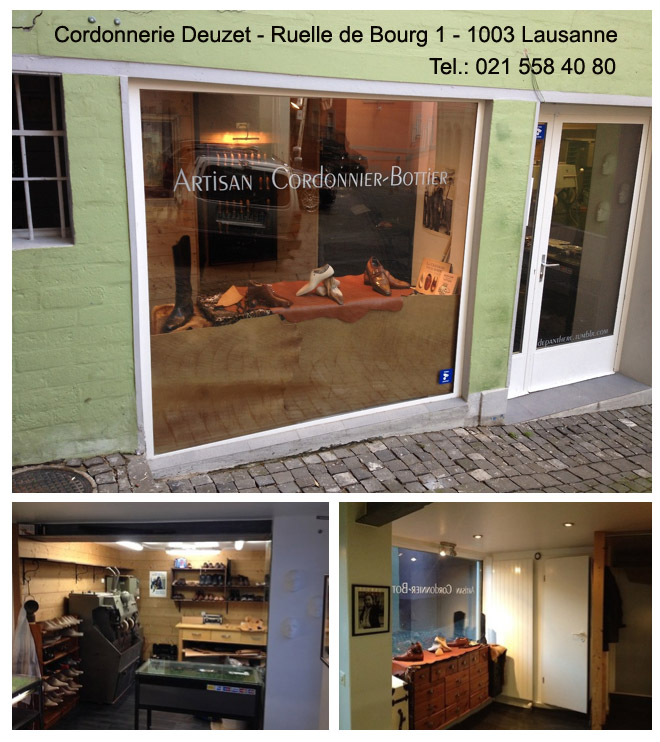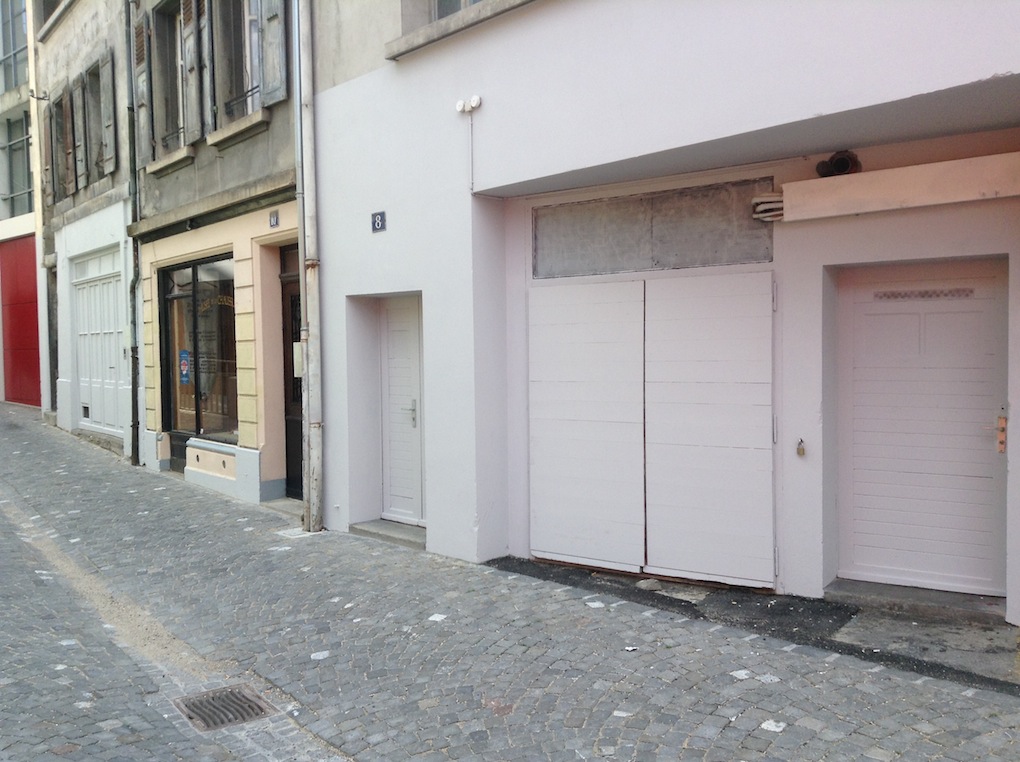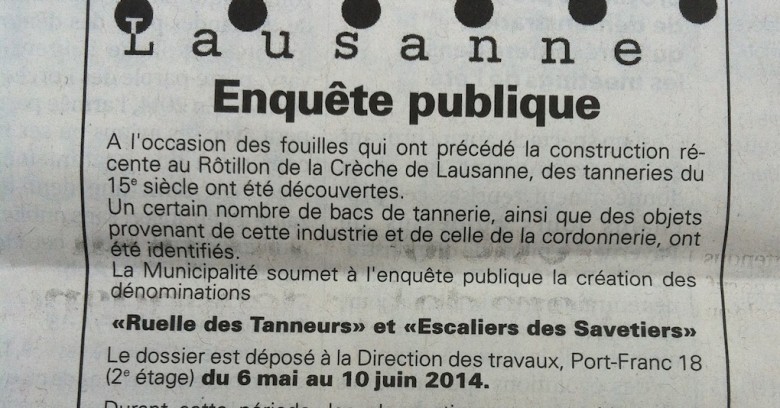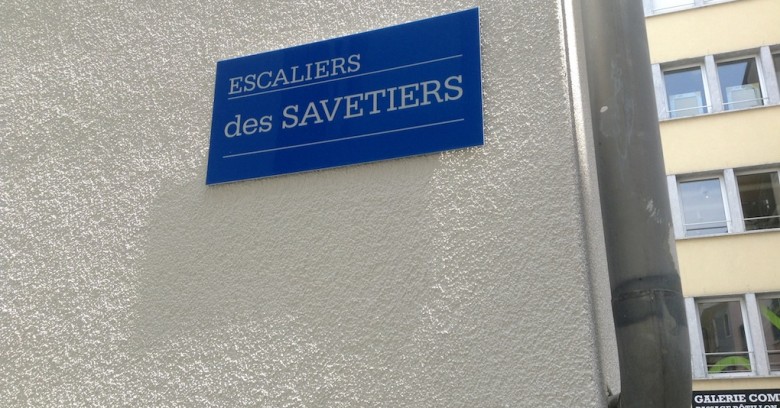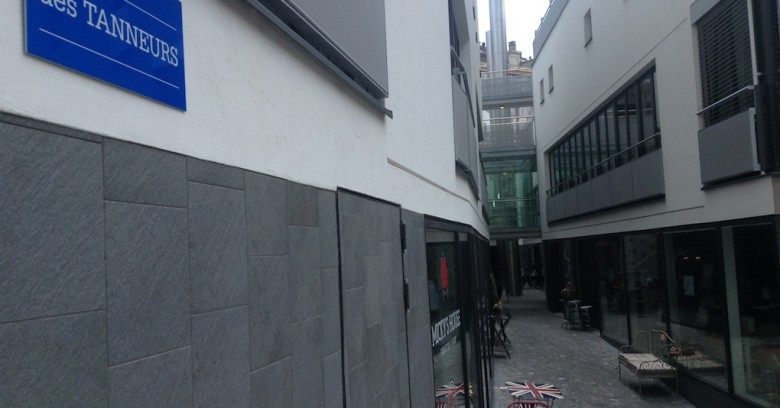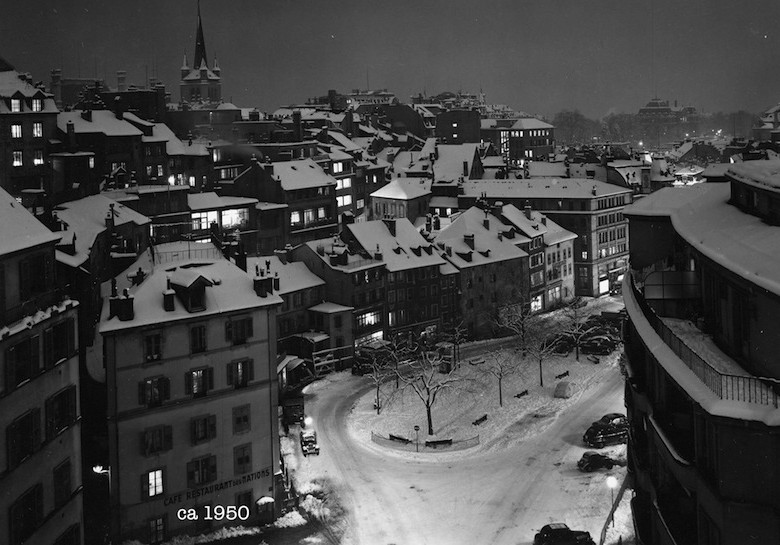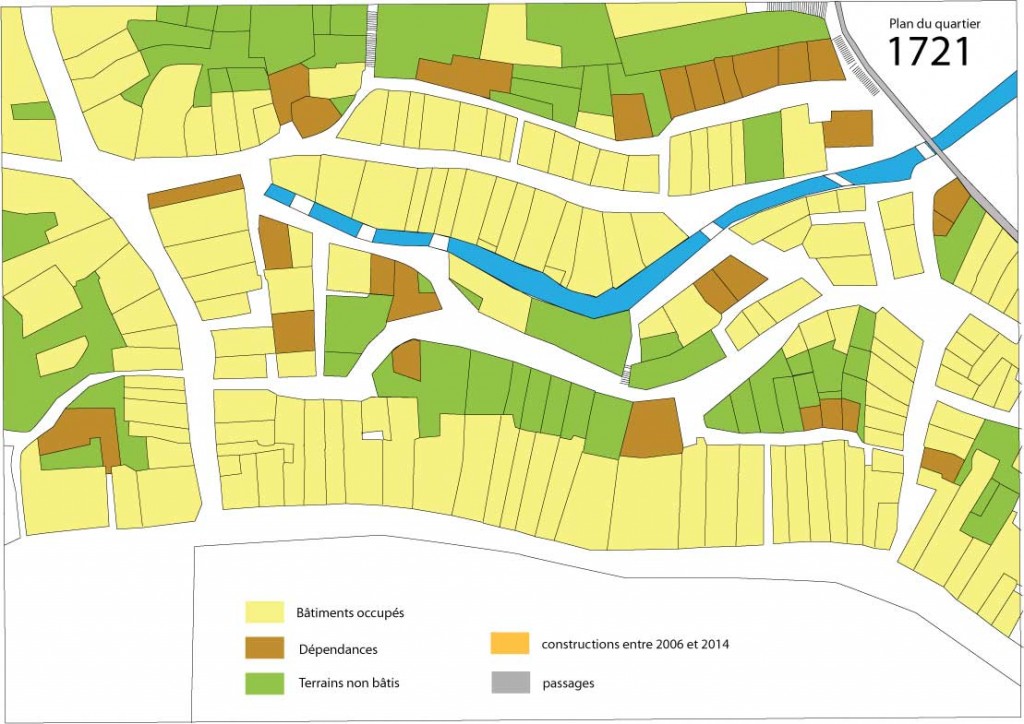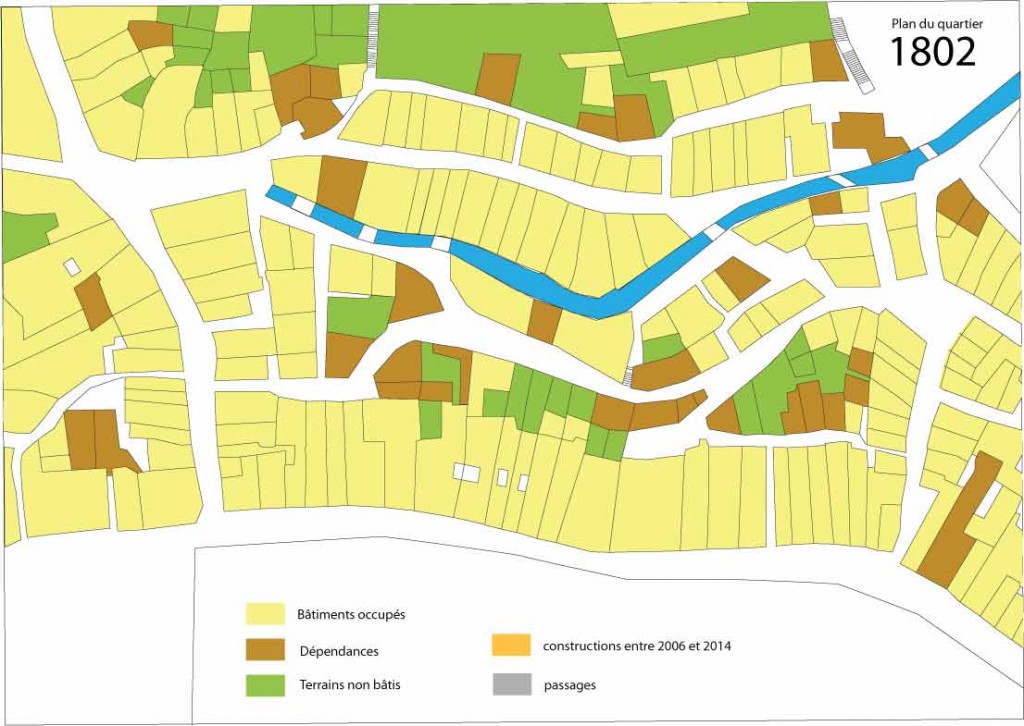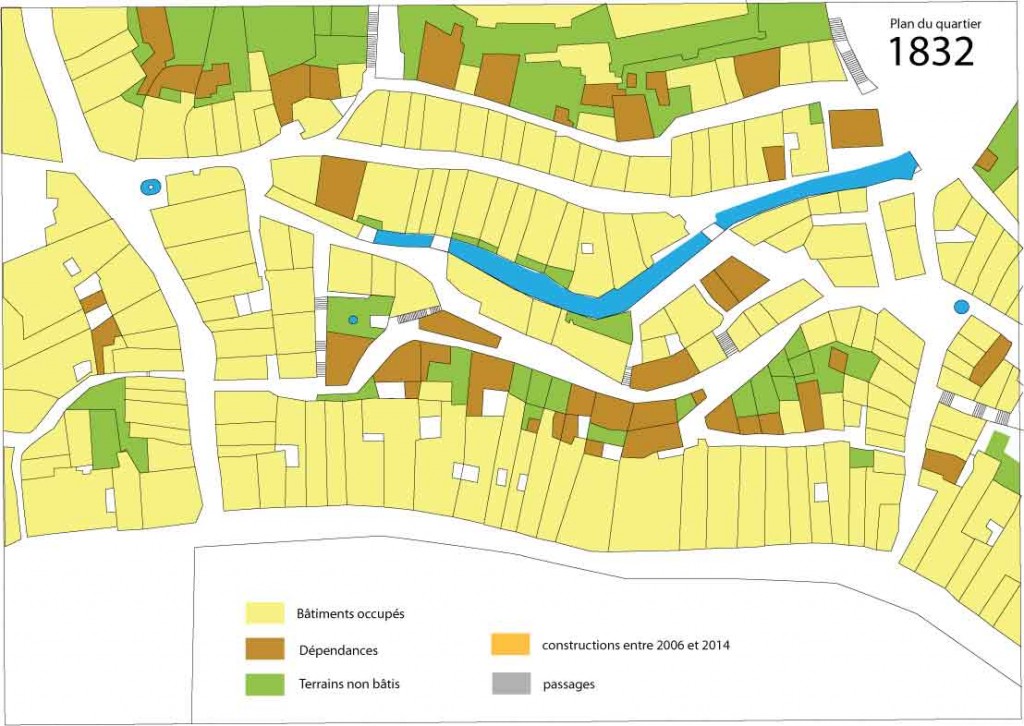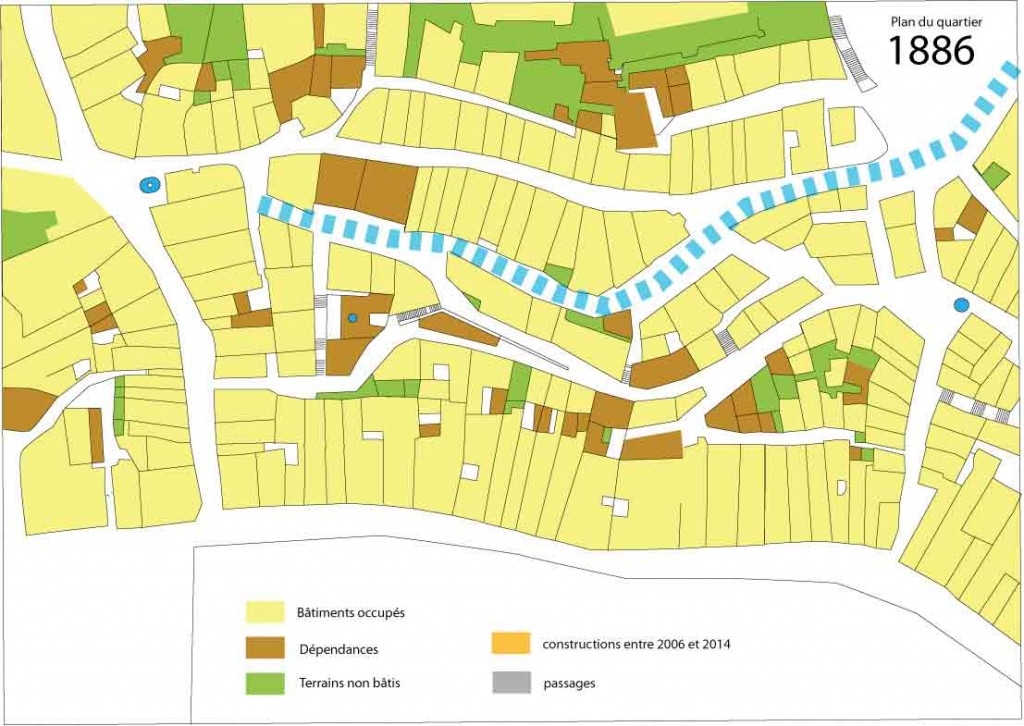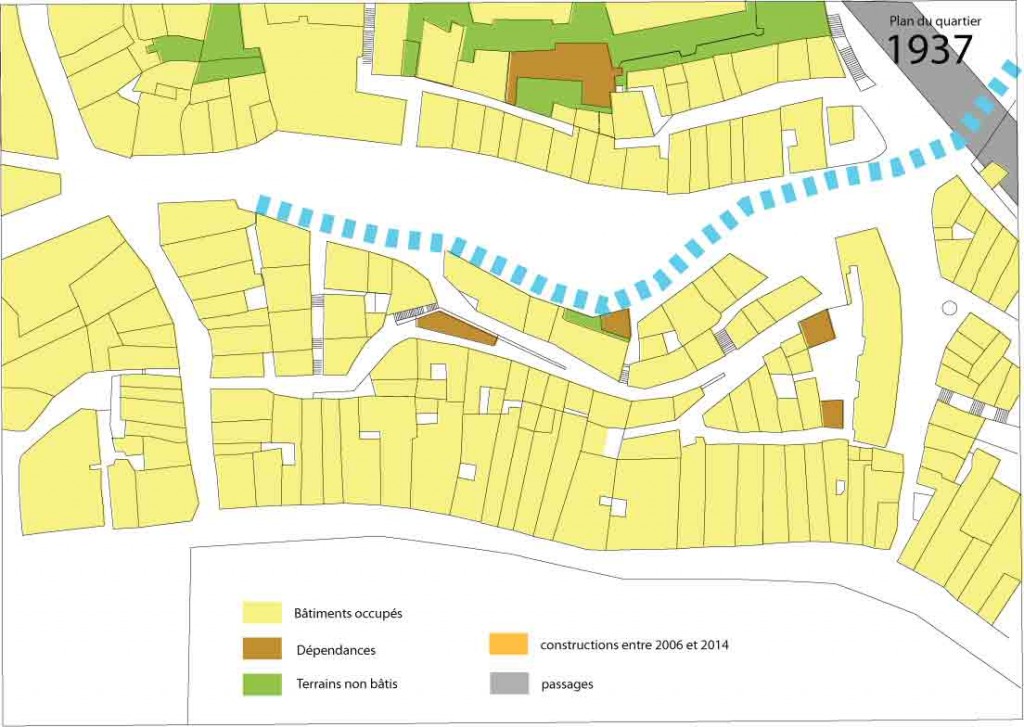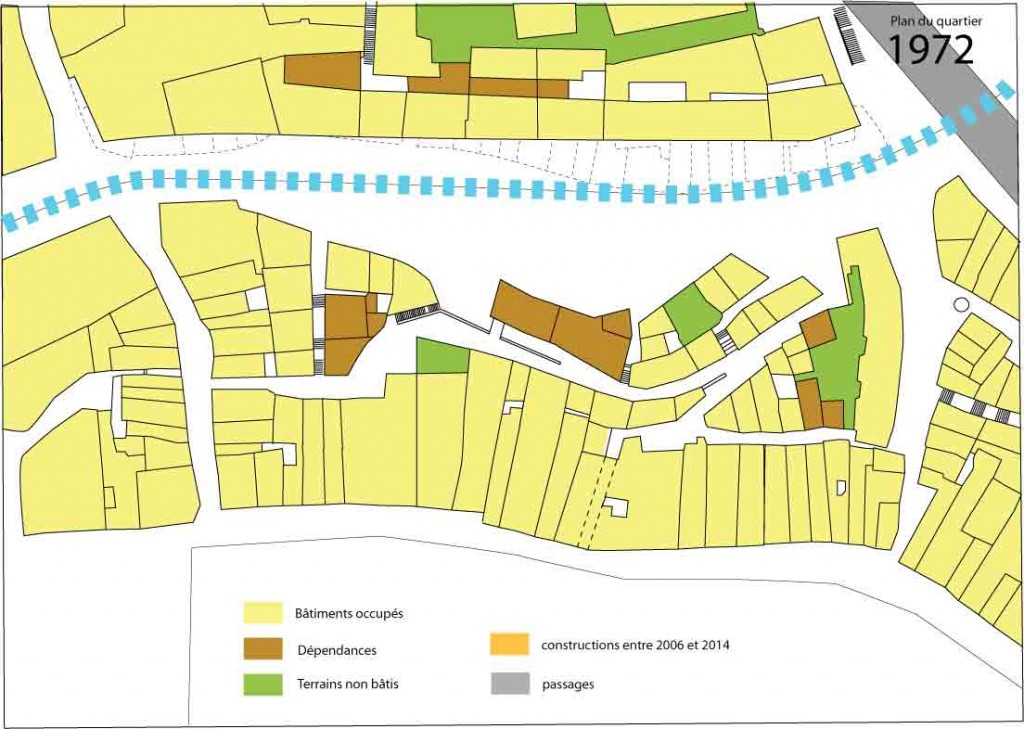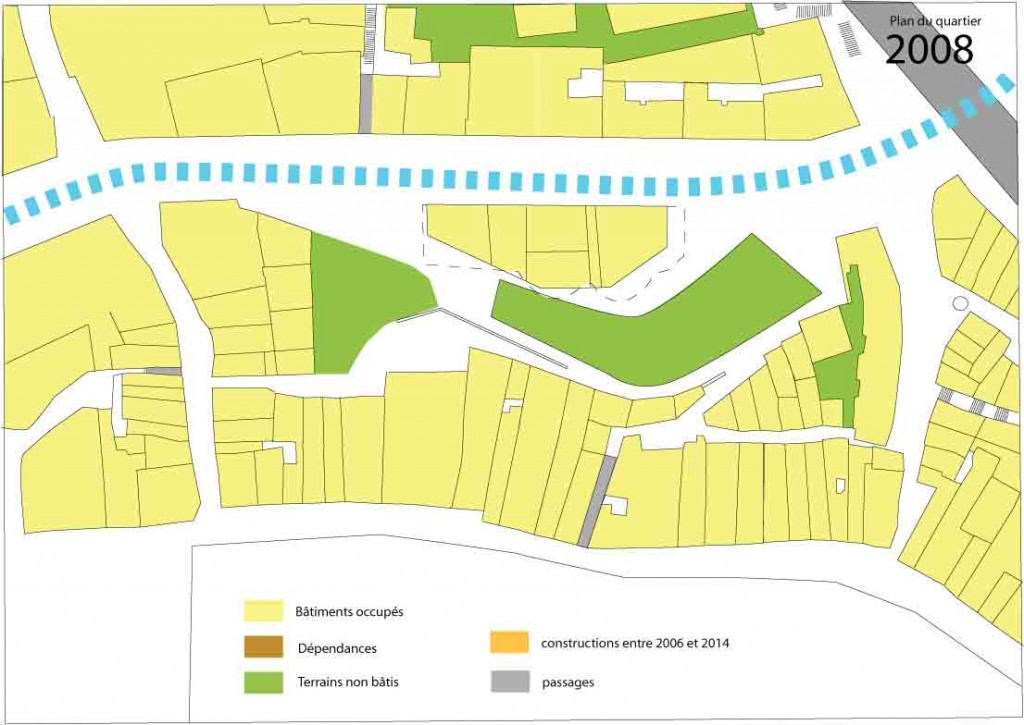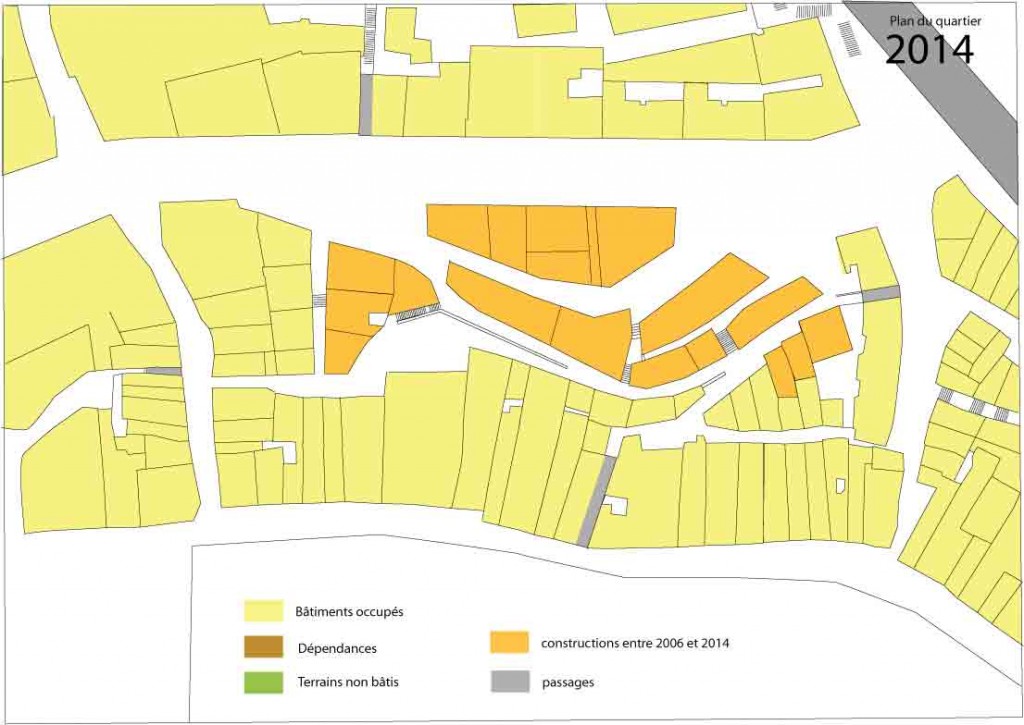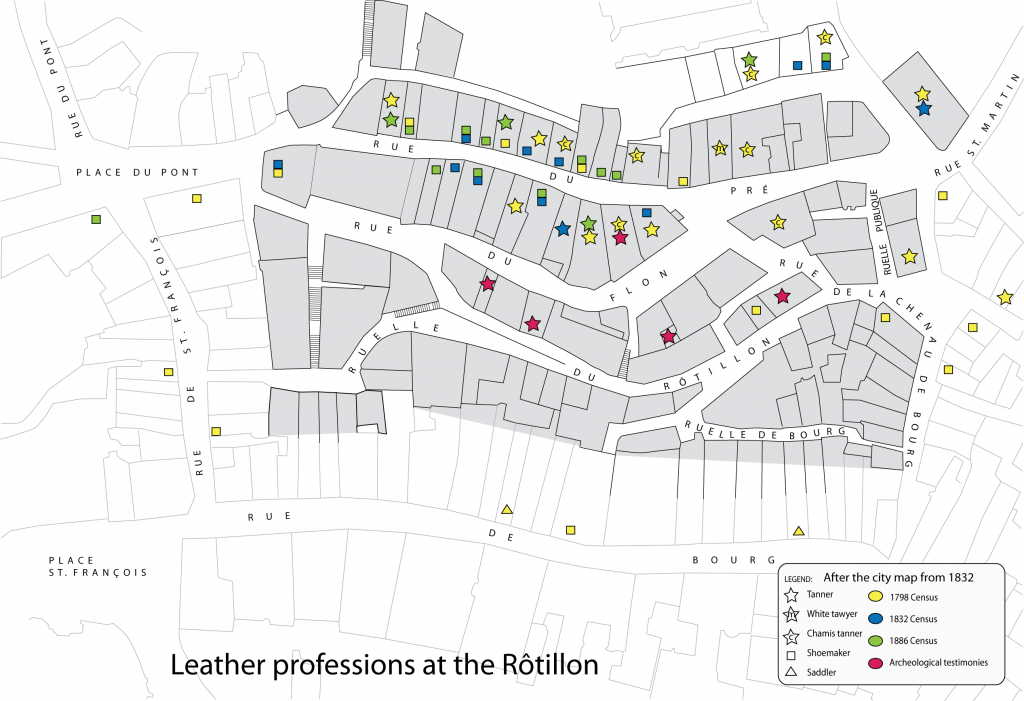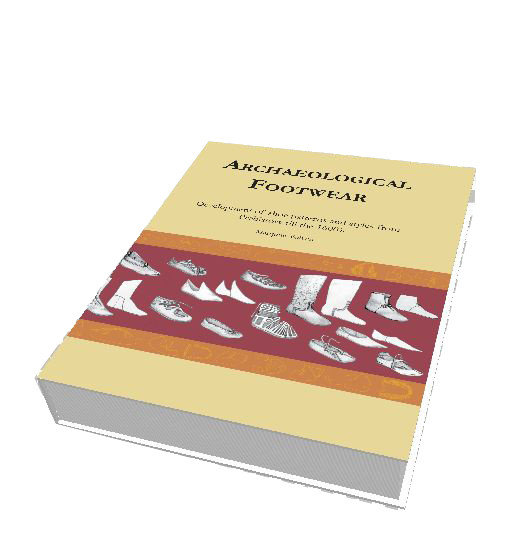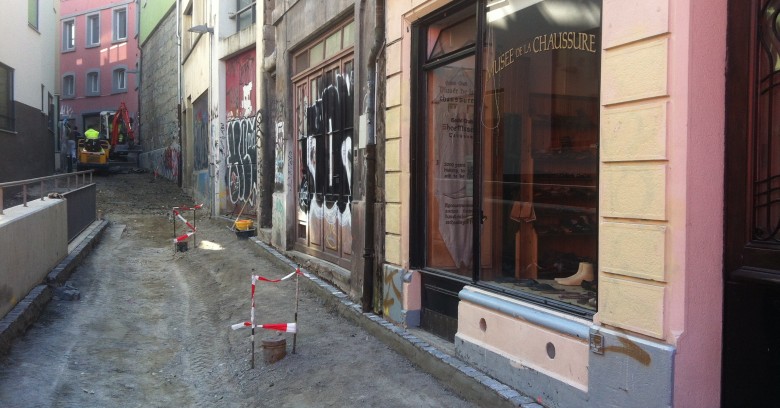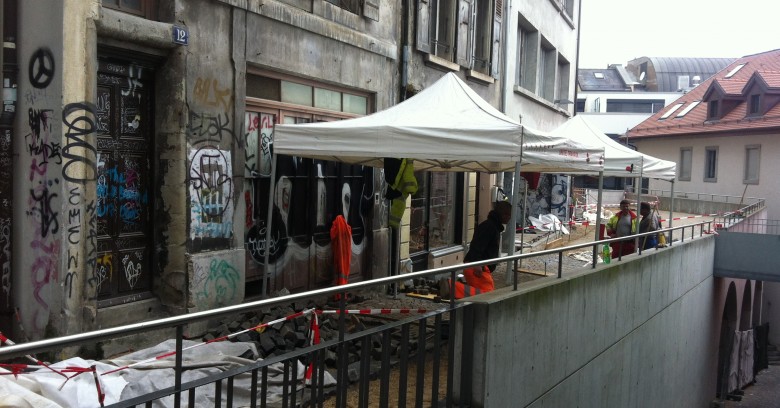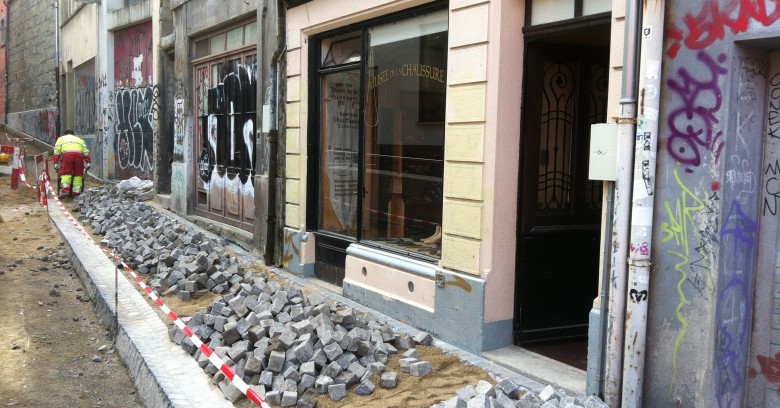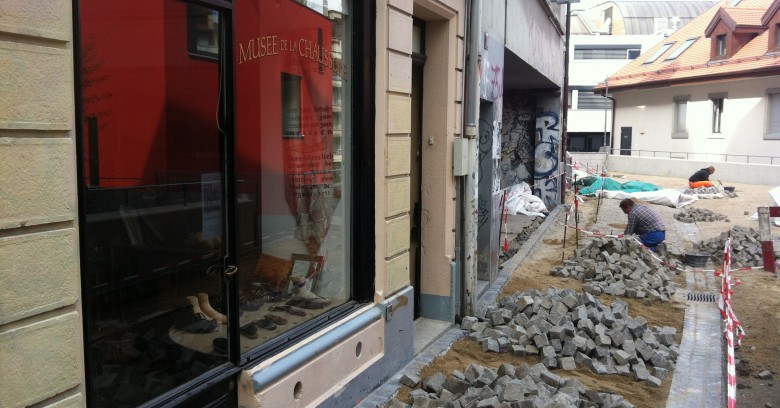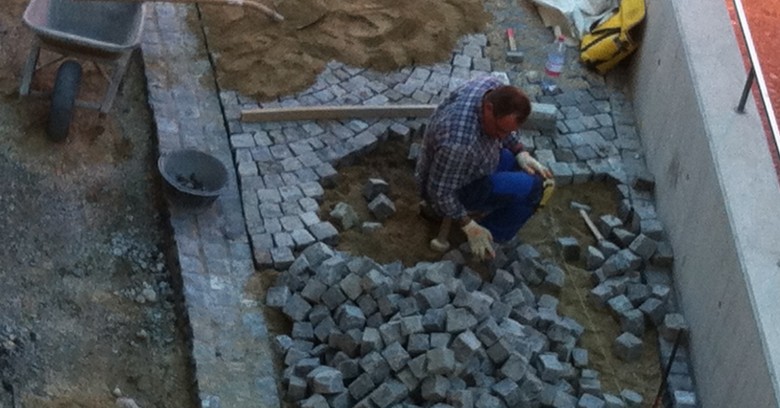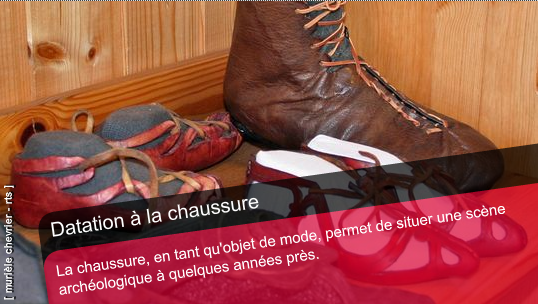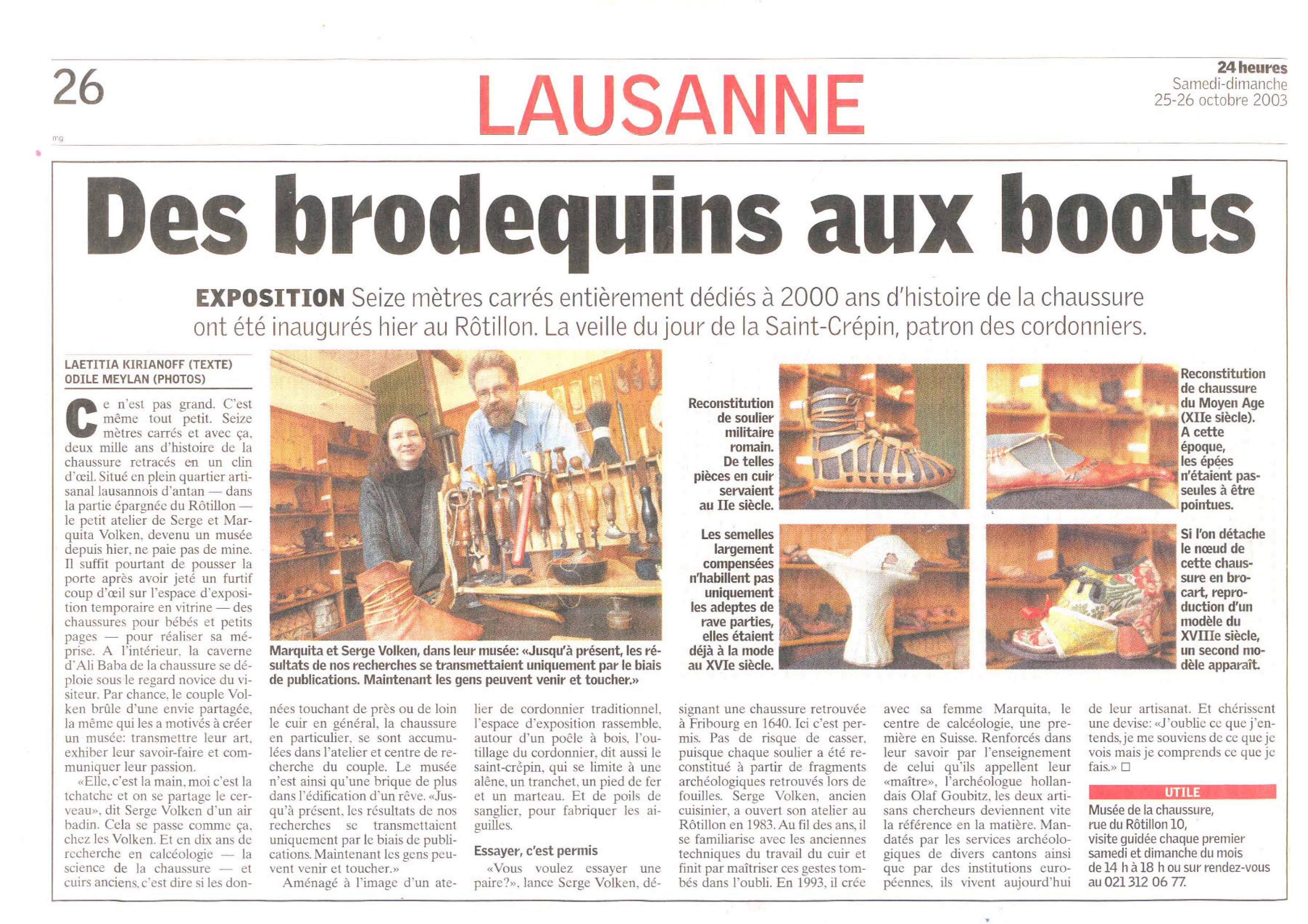04/12/2014 / About, Know-how, News, Publications / No Comments »
The results of 20 years of research are finally being published. The examination of over 4,000 shoe remains recovered by archaeologists throughout Europe tell us about the evolution of technique and fashion of footwear over a period of nearly 5’000 years. Marquita Volken’s Thesis is finally accessible to the public.
you can order the book here: //www.spa-uitgevers.nl or Oxbow Books
The knowledge of how to make a shoe pattern was certainly the ancient shoemaker’s most closely guarded secret, passed from master to apprentice but never written down. Now, after 20 years of research, the principles for making ancient shoe patterns have been rediscovered. Marquita Volken uses the practical knowledge and research techniques developed by Olaf Goubitz in combination with the methods established by Carol van Driel-Murray and Willy Groenmann-van Waateringe to identify the 17 basic types of cutting patterns used for archaeological leather footwear. Over 400 named shoe styles are identified and presented within a chronological framework covering Prehistory, the Roman period, the Middle Ages and the early modern times. This comprehensive guide to European archaeological footwear is richly illustrated with drawings and photographs of archaeological leather shoe finds and shoe reconstructions. A catalogue presents each named shoe style along with the cutting patterns used, a concise description and a full list of the published examples. The volume also includes a short history of calceological studies, case studies, the fundamental research methods and an overview of shoe sole/upper constructions for archaeological leather shoes.
About the author: Marquita Volken holds degrees in philosophy, art history, fine art, and a doctorate degree in archaeology. She is the author and co-author of over 70 articles and book contributions about archaeological leather finds from Switzerland, The Netherlands, Austria, Germany, and France
you can order the book here:
//www.spa-uitgevers.nl
or Oxbow Books
or //librumstore.com/
